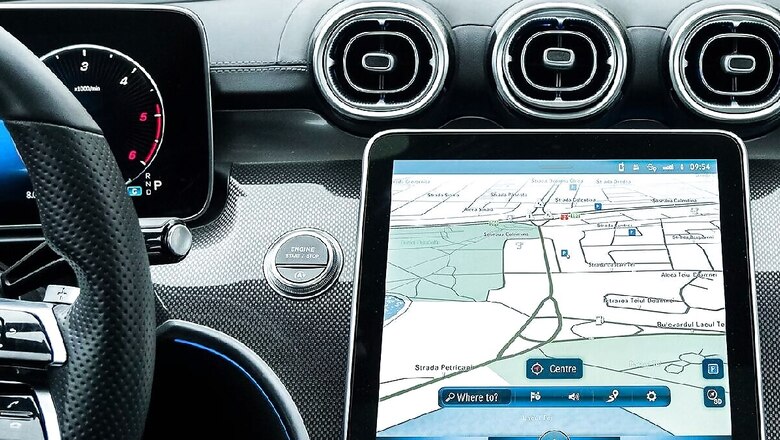
views
The importance of paying attention to the road has diminished in recent years as we have become more and more preoccupied with the devices and screens in our cars.
Nowadays, the majority of newly sold vehicles have touchscreen infotainment systems installed, or at least as an option. But despite their convenience, there is growing concern about how they may affect drivers’ attention.
According to an ARSTechnica report, EuroNCAP, an automotive safety testing organisation, has identified a concerning trend. Original Equipment Manufacturers (OEMs) are increasingly relying on central touchscreens to control nearly all features, which increases the risk of driver distraction. Interacting with these touchscreen systems while driving can cause prolonged periods of distraction, diverting the driver’s attention away from the road and potentially increasing the risk of an accident.
To address this safety concern, the European New Car Assessment Programme (Euro NCAP) has proposed changes to car crash testing protocols by the year 2026, as reported by The Economic Times. Euro NCAP’s director of strategy, Matthew Avery, emphasises the importance of incentivising manufacturers to use separate, physical controls for critical functions in a user-friendly manner. This strategic shift aims to reduce the amount of time drivers spend with their eyes off the road, thereby encouraging safer driving habits.
Getting a five-star safety rating from Euro NCAP has a big impact on the market, even though the organisation has no legal authority to enforce its standards. This rating is something that manufacturers work hard to achieve because it’s a strong selling point.
For example, BYD, a Chinese manufacturer of electric vehicles, recently introduced the Seal electric saloon in India, emphasising its high safety standards, which are supported by a 5-star EuroNCAP rating.
Meanwhile, the debate over the increasing popularity of touchscreen functions versus the potential benefits of physical button-operated functions in passenger vehicles, including those in India, continues.
While a touchscreen declutters the centre console and gives it a trendy minimalist look, some obvious drawbacks should not be overlooked.
Higher Chance of Distraction:
When a large and futuristic car display is in the centre of your dashboard and your line of sight, anything that appears on the screen has the potential to distract you. You might be tempted to look away from the road to see what message your car is sending you.
Screen failure renders important car functions inaccessible:
Concentrating functions on a single screen increases the likelihood of being unable to adjust anything if it fails. Because car interiors can be exposed to extreme temperatures, the screen’s longevity will undoubtedly suffer.
They use old technology and are unresponsive:
As the car manufacturers are not tech companies, they typically outsource the development of infotainment screens to a third party. However, these partners are frequently chosen based on cost rather than technical ability.



















Comments
0 comment